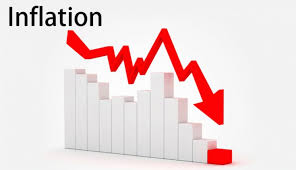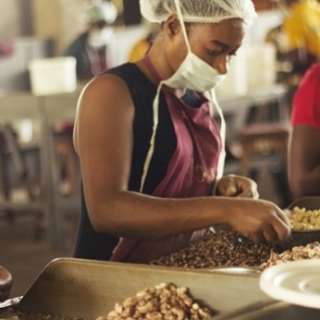
The inflation rate in Ghana for August 2024 decreased to 20.4%, down from 20.9% in July, continuing a six-month downward trend since March, when inflation peaked at 25.8%.
Government Statistician, Professor Samuel Kobina Annim, attributed this decline to a reduction in food inflation, which dropped to 19.1% in August. In contrast, non-food inflation rose slightly to 21.5%.
Regionally, the Upper East Region recorded the highest inflation rate at 27.8%, while the Northeast Region had the lowest at 10.1%. The data further revealed that inflation for locally produced goods stood at 22.2%, compared to 16.1% for imported goods. Notably, month-on-month food inflation dropped to -0.7% in August, indicating a decrease in the overall price levels of goods and services between July and August 2024.
Professor Annim described this decline as a positive economic indicator, suggesting a slowdown in price increases. However, he warned that prices are still rising, and sustained efforts are needed to maintain this downward trend.
“Ghana continues to experience rising prices. Between August 2023 and August 2024, overall prices of goods and services increased by 20.4%. Non-food inflation was 21.5% for August 2024, while food inflation was 19.1%,” he explained.
“From a regional perspective, the Upper East Region recorded the highest inflation rate at 27.8%, while the Northeast Region had the lowest at 10.1%. Locally produced items saw an inflation rate of 22.2%, compared to 16.1% for imported items, with a 6.1 percentage point difference.”
He also highlighted a marginal increase in imported inflation, which rose from 15.6% to 16.1%, while locally produced item inflation dropped from 23.3% to 22.2%, reflecting a 1.1 percentage point decrease.
“Month-on-month food inflation dropped significantly to -0.7% in August, meaning that between July and August 2024, general price levels fell by 0.7%,” Professor Annim concluded.
Source:Omanghana.com




